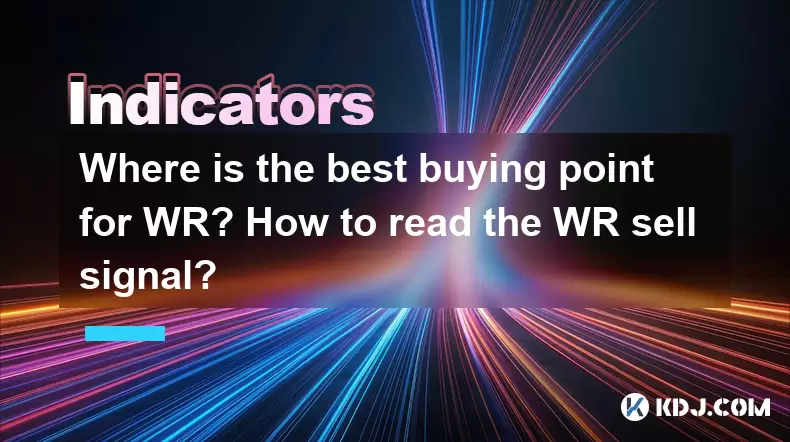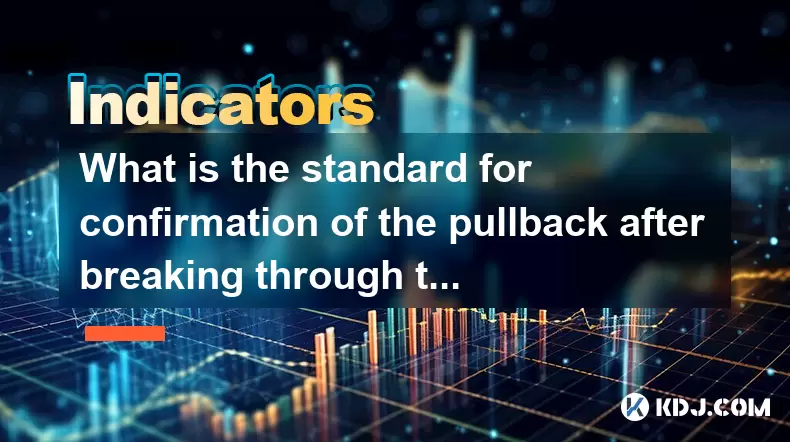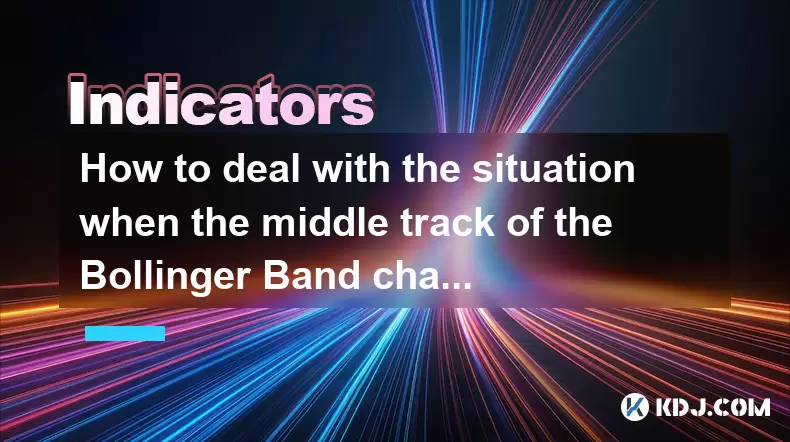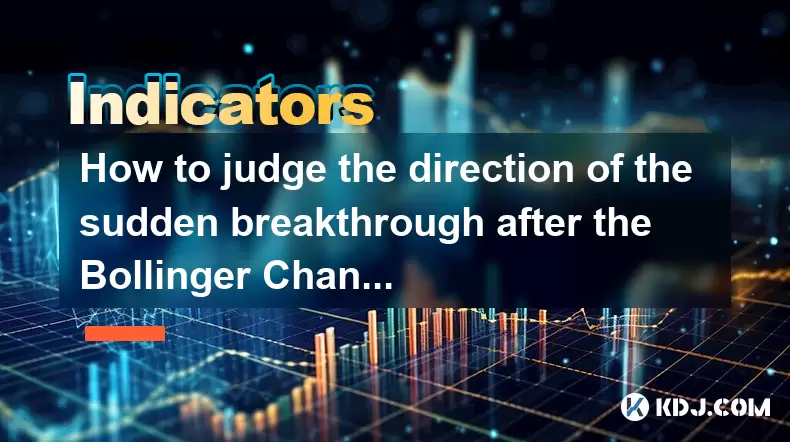-
 Bitcoin
Bitcoin $101,898.5005
-0.75% -
 Ethereum
Ethereum $2,258.1125
-1.07% -
 Tether USDt
Tether USDt $1.0004
0.01% -
 XRP
XRP $2.0178
-2.93% -
 BNB
BNB $624.0243
-1.53% -
 Solana
Solana $134.3298
-0.90% -
 USDC
USDC $0.9999
0.01% -
 TRON
TRON $0.2675
-2.05% -
 Dogecoin
Dogecoin $0.1538
-1.96% -
 Cardano
Cardano $0.5482
-1.11% -
 Hyperliquid
Hyperliquid $35.5636
5.45% -
 Bitcoin Cash
Bitcoin Cash $453.4902
-1.66% -
 Sui
Sui $2.5134
-2.97% -
 UNUS SED LEO
UNUS SED LEO $9.1292
1.77% -
 Chainlink
Chainlink $11.8457
-1.60% -
 Stellar
Stellar $0.2312
-2.73% -
 Avalanche
Avalanche $16.9721
0.29% -
 Toncoin
Toncoin $2.7549
-3.82% -
 Shiba Inu
Shiba Inu $0.0...01081
-1.10% -
 Litecoin
Litecoin $80.8250
-0.71% -
 Hedera
Hedera $0.1374
0.21% -
 Monero
Monero $305.4827
-2.36% -
 Ethena USDe
Ethena USDe $1.0006
0.00% -
 Dai
Dai $1.0000
-0.01% -
 Polkadot
Polkadot $3.2085
-3.12% -
 Bitget Token
Bitget Token $4.0845
-3.13% -
 Uniswap
Uniswap $6.3353
-1.63% -
 Pi
Pi $0.5085
-0.70% -
 Pepe
Pepe $0.0...08913
-3.82% -
 Aave
Aave $232.7090
-0.58%
Where is the best buying point for WR? How to read the WR sell signal?
The best buying point for WR is when it falls below -80, indicating oversold conditions, and crosses back above -80, confirmed by other indicators and volume spikes.
May 23, 2025 at 03:50 am

Where is the Best Buying Point for WR? How to Read the WR Sell Signal?
Understanding WR and Its Importance
The Williams %R (WR) indicator is a popular momentum indicator used by traders to identify potential buying and selling points in the cryptocurrency market. It measures the level of the close relative to the high-low range over a given period, typically 14 days. The WR indicator oscillates between 0 and -100, with values above -20 indicating overbought conditions and values below -80 indicating oversold conditions. Understanding the basics of WR is crucial for effectively using it to make informed trading decisions.
Identifying the Best Buying Point for WR
To identify the best buying point for WR, traders should focus on the following key aspects:
Look for Oversold Conditions: The primary signal for a potential buying point is when the WR indicator falls below -80. This indicates that the asset is likely oversold, and a reversal to the upside may be imminent. Traders should watch for the WR line crossing back above -80 as a potential entry point.
Confirm with Other Indicators: While the WR indicator can provide valuable insights, it's essential to confirm the signal with other technical indicators such as the Relative Strength Index (RSI) or Moving Average Convergence Divergence (MACD). If these indicators also suggest an oversold condition, the buying signal is stronger.
Volume Analysis: Volume is a critical factor in confirming the validity of a buying signal. A significant increase in trading volume as the WR indicator moves from below -80 to above -80 can indicate strong buying interest and reinforce the decision to enter a long position.
Price Action: Pay close attention to price action around the -80 level. If the price forms a bullish reversal pattern, such as a hammer or a bullish engulfing candle, it can further validate the buying signal.
How to Read the WR Sell Signal
Understanding how to read the WR sell signal is equally important for managing your positions effectively. Here are the key steps to identify a sell signal using the WR indicator:
Look for Overbought Conditions: A WR value above -20 indicates that the asset is likely overbought. This is a potential warning sign that a reversal to the downside may be on the horizon. Traders should be cautious and prepare for a possible exit.
Confirm with Other Indicators: Similar to the buying signal, confirming the sell signal with other technical indicators is crucial. If the RSI or MACD also suggest an overbought condition, the sell signal is more reliable.
Volume Analysis: A spike in trading volume as the WR indicator moves from above -20 to below -20 can indicate strong selling pressure and support the decision to exit a long position or enter a short position.
Price Action: Monitor price action around the -20 level. If the price forms a bearish reversal pattern, such as a shooting star or a bearish engulfing candle, it can further validate the sell signal.
Practical Example of Using WR for Buying and Selling
To illustrate how to use the WR indicator in practice, let's consider a hypothetical scenario with a cryptocurrency token called "CryptoX."
Buying Signal: Suppose the WR indicator for CryptoX falls to -85, indicating an oversold condition. The RSI also drops to 30, confirming the oversold state. Additionally, the trading volume spikes, and a bullish hammer candle forms on the daily chart. This combination of signals suggests a strong buying opportunity. Traders could enter a long position when the WR indicator crosses back above -80.
Selling Signal: Later, the WR indicator for CryptoX rises to -15, indicating an overbought condition. The RSI climbs to 70, confirming the overbought state. The trading volume increases significantly, and a bearish shooting star candle forms on the daily chart. This combination of signals suggests a strong selling opportunity. Traders could exit their long position or enter a short position when the WR indicator crosses back below -20.
Strategies for Optimizing WR Trading
To maximize the effectiveness of the WR indicator, traders can employ several strategies:
Use Multiple Timeframes: Analyzing the WR indicator across different timeframes can provide a more comprehensive view of market conditions. For example, a buying signal on a daily chart confirmed by a similar signal on a 4-hour chart can increase the probability of a successful trade.
Set Stop-Loss and Take-Profit Levels: Implementing proper risk management is crucial when using the WR indicator. Set stop-loss orders below the recent lows for long positions and above the recent highs for short positions. Similarly, set take-profit levels based on resistance and support levels identified on the chart.
Backtest Your Strategy: Backtesting your WR trading strategy on historical data can help you understand its performance under various market conditions. This can provide valuable insights into potential adjustments and improvements to your approach.
Common Mistakes to Avoid When Using WR
While the WR indicator can be a powerful tool, there are common pitfalls that traders should avoid:
Over-Reliance on a Single Indicator: Do not rely solely on the WR indicator for making trading decisions. Always use it in conjunction with other technical indicators and fundamental analysis to increase the accuracy of your signals.
Ignoring Market Context: Consider the broader market context when interpreting WR signals. For example, during strong bullish trends, the WR indicator may remain in overbought territory for extended periods without a significant pullback. Conversely, during bearish trends, it may remain in oversold territory longer than expected.
Chasing Signals: Avoid chasing signals by entering trades too late. If the WR indicator has already moved significantly from the oversold or overbought level, the best opportunity may have passed. Be patient and wait for the next clear signal.
Frequently Asked Questions
Q: Can the WR indicator be used effectively in highly volatile markets?
A: Yes, the WR indicator can be particularly useful in highly volatile markets as it helps identify extreme conditions that may precede reversals. However, it's important to adjust your strategy to account for increased volatility, such as using wider stop-loss levels and confirming signals with multiple indicators.
Q: How often should I check the WR indicator for trading signals?
A: The frequency of checking the WR indicator depends on your trading style. For day traders, checking the WR on shorter timeframes like 1-hour or 4-hour charts can be beneficial. For swing traders, daily or weekly charts may be more suitable. Always align your monitoring frequency with your trading strategy and time commitment.
Q: Is it possible to use the WR indicator for cryptocurrencies other than Bitcoin?
A: Absolutely, the WR indicator can be applied to any cryptocurrency with sufficient trading volume and price data. Whether you're trading Ethereum, Litecoin, or any other altcoin, the principles of using the WR indicator remain the same. Just ensure that you have access to reliable price data and trading volume information for the specific cryptocurrency you're interested in.
Q: What are some alternative indicators that can be used alongside the WR indicator?
A: Several indicators can complement the WR indicator effectively. Some popular choices include the Moving Average Convergence Divergence (MACD) for trend confirmation, the Relative Strength Index (RSI) for additional overbought/oversold signals, and Bollinger Bands for identifying volatility and potential price breakouts. Using these indicators in combination can provide a more robust trading strategy.
Disclaimer:info@kdj.com
The information provided is not trading advice. kdj.com does not assume any responsibility for any investments made based on the information provided in this article. Cryptocurrencies are highly volatile and it is highly recommended that you invest with caution after thorough research!
If you believe that the content used on this website infringes your copyright, please contact us immediately (info@kdj.com) and we will delete it promptly.
- Cryptocurrencies, Coingecko, and Trending Tokens: What's Hot Now?
- 2025-06-23 23:05:12
- FUNToken: Decoding Past Trends and Getting Started in the Gaming Crypto Sphere
- 2025-06-23 22:25:12
- BTC Price Analysis: Navigating Volatility and the Quest for a New ATH
- 2025-06-23 22:25:12
- Genesis, Bitcoin Mining, and Air-Cooled Miners: A New Era?
- 2025-06-23 22:45:12
- Coinbase's Growth and Resilience: Navigating the Crypto Landscape
- 2025-06-23 22:45:12
- Bitcoin Options Market: Bullish Bets Amidst Geopolitical Jitters
- 2025-06-23 22:51:52
Related knowledge

What is the significance of the gap formed by the gap opening not being filled within five days?
Jun 23,2025 at 09:42pm
Understanding Gaps in Cryptocurrency TradingIn the world of cryptocurrency trading, a gap refers to a situation where the price of an asset jumps from one level to another without any trading activity occurring between those two levels. This often happens over weekends or holidays when the market is closed, and significant news or events occur that impa...

What is the standard for confirmation of the pullback after breaking through the neckline with large volume?
Jun 23,2025 at 11:28pm
Understanding the Neckline in Technical AnalysisIn technical analysis, the neckline is a critical support or resistance level that appears in chart patterns such as head and shoulders, double tops, and double bottoms. It typically connects two or more lows (in the case of a head and shoulders top) or highs (in the case of a head and shoulders bottom). W...

How to deal with the situation when the middle track of the Bollinger Band changes from support to resistance?
Jun 23,2025 at 11:22pm
Understanding the Bollinger Band Middle TrackThe Bollinger Band is a widely used technical indicator in cryptocurrency trading. It consists of three lines: the upper band, the lower band, and the middle track, which is typically a 20-period simple moving average (SMA). Traders often rely on the middle track as a dynamic support or resistance level. Howe...

Does the second golden cross of MACD above the zero axis represent the continuation of strength?
Jun 23,2025 at 08:21pm
Understanding the MACD IndicatorThe Moving Average Convergence Divergence (MACD) is a widely used technical analysis tool in cryptocurrency trading. It consists of three main components: the MACD line, the signal line, and the histogram. The MACD line is calculated by subtracting the 26-period Exponential Moving Average (EMA) from the 12-period EMA. The...

How to judge the direction of the sudden breakthrough after the Bollinger Channel narrows to the extreme?
Jun 23,2025 at 11:00pm
Understanding the Bollinger Channel and Its Narrowing PatternThe Bollinger Channel is a widely used technical indicator in cryptocurrency trading, consisting of three bands: the middle band (a simple moving average), and two outer bands that represent standard deviations from the middle line. When the price consolidates for an extended period, the chann...

Is it effective when the DIF line suddenly crosses the zero axis when the volume is shrinking and the market is trading sideways?
Jun 23,2025 at 07:29pm
Understanding the DIF Line in Technical AnalysisThe DIF line, or the Difference Line, is a critical component of the MACD (Moving Average Convergence Divergence) indicator, widely used in technical analysis across cryptocurrency and traditional financial markets. It represents the difference between the 12-period EMA (Exponential Moving Average) and the...

What is the significance of the gap formed by the gap opening not being filled within five days?
Jun 23,2025 at 09:42pm
Understanding Gaps in Cryptocurrency TradingIn the world of cryptocurrency trading, a gap refers to a situation where the price of an asset jumps from one level to another without any trading activity occurring between those two levels. This often happens over weekends or holidays when the market is closed, and significant news or events occur that impa...

What is the standard for confirmation of the pullback after breaking through the neckline with large volume?
Jun 23,2025 at 11:28pm
Understanding the Neckline in Technical AnalysisIn technical analysis, the neckline is a critical support or resistance level that appears in chart patterns such as head and shoulders, double tops, and double bottoms. It typically connects two or more lows (in the case of a head and shoulders top) or highs (in the case of a head and shoulders bottom). W...

How to deal with the situation when the middle track of the Bollinger Band changes from support to resistance?
Jun 23,2025 at 11:22pm
Understanding the Bollinger Band Middle TrackThe Bollinger Band is a widely used technical indicator in cryptocurrency trading. It consists of three lines: the upper band, the lower band, and the middle track, which is typically a 20-period simple moving average (SMA). Traders often rely on the middle track as a dynamic support or resistance level. Howe...

Does the second golden cross of MACD above the zero axis represent the continuation of strength?
Jun 23,2025 at 08:21pm
Understanding the MACD IndicatorThe Moving Average Convergence Divergence (MACD) is a widely used technical analysis tool in cryptocurrency trading. It consists of three main components: the MACD line, the signal line, and the histogram. The MACD line is calculated by subtracting the 26-period Exponential Moving Average (EMA) from the 12-period EMA. The...

How to judge the direction of the sudden breakthrough after the Bollinger Channel narrows to the extreme?
Jun 23,2025 at 11:00pm
Understanding the Bollinger Channel and Its Narrowing PatternThe Bollinger Channel is a widely used technical indicator in cryptocurrency trading, consisting of three bands: the middle band (a simple moving average), and two outer bands that represent standard deviations from the middle line. When the price consolidates for an extended period, the chann...

Is it effective when the DIF line suddenly crosses the zero axis when the volume is shrinking and the market is trading sideways?
Jun 23,2025 at 07:29pm
Understanding the DIF Line in Technical AnalysisThe DIF line, or the Difference Line, is a critical component of the MACD (Moving Average Convergence Divergence) indicator, widely used in technical analysis across cryptocurrency and traditional financial markets. It represents the difference between the 12-period EMA (Exponential Moving Average) and the...
See all articles
























































































